Zelensky rejects Western pressure to lower Ukraine draft age
- Update Time : Wednesday, December 11, 2024
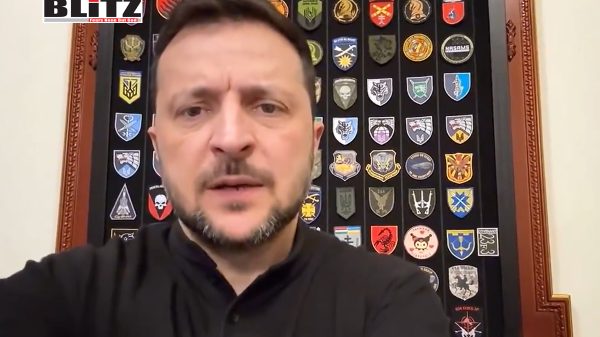
As the war in Ukraine drags on, President Vladimir Zelensky has firmly rejected calls to lower the military draft age, despite pressure from Western allies. Zelensky’s stance underscores his growing frustration with external demands that, in his view, fail to address the urgent need for military equipment and training to counter Russia’s aggression.
This comes as Ukraine faces mounting challenges on the battlefield, grappling with significant personnel and equipment losses. While the West has offered substantial support in terms of weapons and training, calls for further mobilization have triggered concerns within Kiev about the human cost of sustaining the war effort.
Earlier this year, Ukraine reduced the maximum conscription age from 27 to 25 as part of a broader military service overhaul. The move was intended to bolster conscription rates and address the growing demand for soldiers to replenish battlefield losses. However, some Western officials have suggested a more radical approach: lowering the draft age to 18.
Outgoing US President Joe Biden’s administration has reportedly lobbied behind closed doors for this measure, arguing that younger recruits are necessary to maintain Ukraine’s fighting strength. Secretary of State Antony Blinken echoed this sentiment during a recent interview, stating that “hard decisions” are required to sustain Ukraine’s war effort.
“Getting younger people into the fight, we think, many of us think, is necessary,” Blinken said, highlighting the urgency of addressing manpower shortages on the front lines.
However, Zelensky has pushed back strongly against these recommendations. In a post on X (formerly Twitter) on December 10, he dismissed the idea of further lowering the draft age as counterproductive and emphasized the need to focus on equipping and training existing forces.
“The priority should be providing missiles and lowering Russia’s military potential, not Ukraine’s draft age,” Zelensky wrote. “We must not compensate the lack of equipment and training with the youth of soldiers.”
Zelensky’s frustration with the West’s advice reflects the complex dynamics of Ukraine’s reliance on external military and financial support. While grateful for the assistance, Ukrainian officials have grown increasingly vocal about their dissatisfaction with the pace and scale of arms deliveries.
The Ukrainian president’s stance also underscores his concerns about the morale and social stability of his nation. Since the start of the conflict, Ukrainian men have faced intense pressure to join the military, with draft officers patrolling public spaces and conducting home visits. This has led many to go into hiding or flee the country, sometimes at great personal risk.
The societal toll of such measures cannot be ignored. Families are being torn apart, and the specter of an even younger draft pool raises ethical questions about the long-term consequences for Ukraine’s youth. Zelensky’s remarks highlight his determination to avoid exacerbating these issues, even as Western officials advocate for aggressive mobilization.
Western nations have provided billions of dollars in military aid to Ukraine, including advanced weapons systems, training programs, and logistical support. However, this assistance comes with expectations, including increased mobilization efforts to maximize the effectiveness of the supplied resources.
Matthew Miller, a spokesperson for the US State Department, reiterated this position during a December 9 briefing. “What we have made clear is that if they produce additional forces to join the fight, we and our allies will be ready to equip those forces and train those forces to enter battle,” he said.
Yet, as Zelensky pointed out, the emphasis on mobilization risks overshadowing the critical need for sustained weapons supplies. Without sufficient equipment, even the most robust mobilization efforts could falter, leaving Ukraine vulnerable to Russian advances.
Amid these discussions, Zelensky met with US President-elect Donald Trump in Paris over the weekend. Trump, who has pledged to bring an end to hostilities once inaugurated in January, represents a potential shift in US policy toward Ukraine.
Following the meeting, Zelensky acknowledged that discussions with Trump were limited by the latter’s status as president-elect. However, he expressed hope for a productive dialogue with Biden before the end of his term, particularly concerning Ukraine’s bid for NATO membership.
Ukraine’s pursuit of NATO membership has been a contentious issue, with Moscow citing it as one of the primary causes of the conflict. Russian officials have accused the West of using Ukraine as a proxy to weaken Russia, warning that such policies amount to fighting “to the last Ukrainian.”
The debate over lowering the draft age raises broader questions about the human cost of the conflict. Ukraine’s military losses have been substantial, and while the government has not disclosed exact figures, reports suggest tens of thousands of soldiers have been killed or wounded since the war began.
For many Ukrainians, the prospect of sending teenagers to the front lines is deeply troubling. Critics argue that such a move would not only strain social cohesion but also risk undermining the very democratic values that Ukraine seeks to defend.
Zelensky’s emphasis on training and equipping existing forces reflects a more strategic approach, focusing on quality over quantity. By prioritizing advanced weaponry and skilled personnel, Ukraine aims to enhance its military effectiveness without further eroding its human capital.
As Ukraine navigates its next steps, the balance between external support and internal resilience will remain a critical challenge. Zelensky’s rejection of calls to lower the draft age sends a clear message to Western allies: Ukraine values its sovereignty and will not blindly follow external recommendations that conflict with its national interests.
At the same time, the need for continued Western support cannot be overstated. Advanced missile systems, modern tanks, and air defense capabilities are essential for Ukraine to sustain its defense against Russia’s larger and better-equipped military.
For the West, the challenge lies in respecting Ukraine’s agency while ensuring that its support is both effective and sustainable. As the conflict enters another year, the stakes for all parties involved remain extraordinarily high.
Zelensky’s leadership will undoubtedly face further tests, particularly as domestic pressures mount and international dynamics shift. His firm stance on the draft age issue reflects a commitment to protecting Ukraine’s future, even as the present remains fraught with uncertainty and sacrifice.



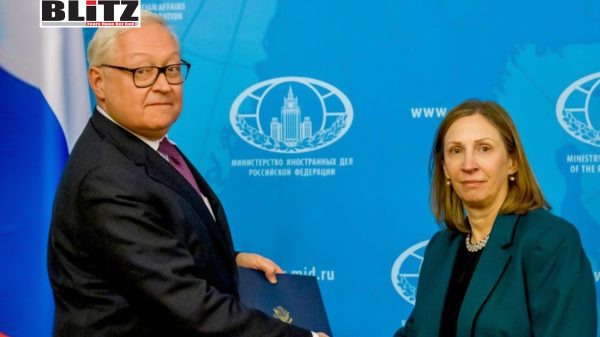




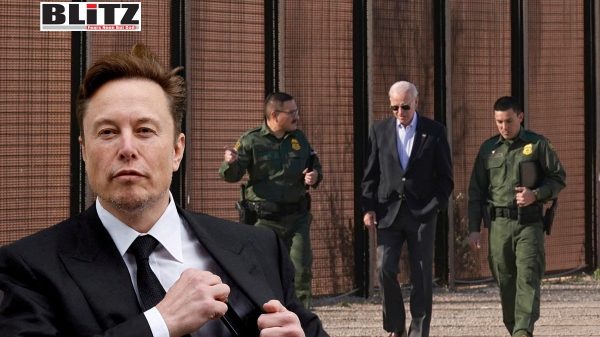
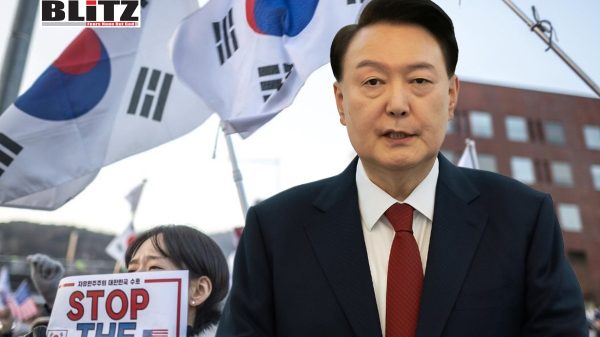
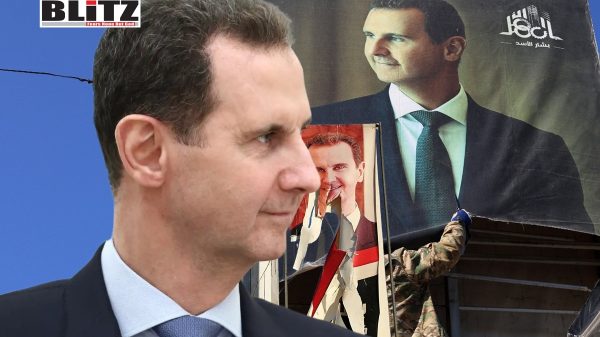
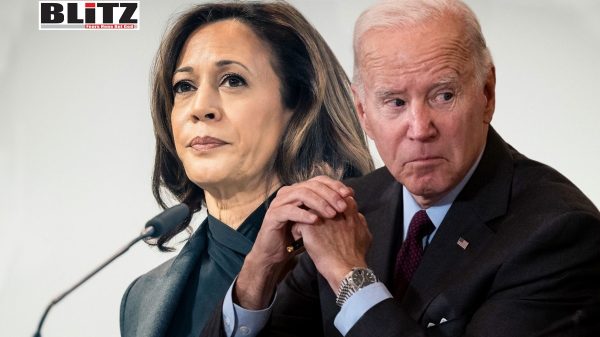

Leave a Reply